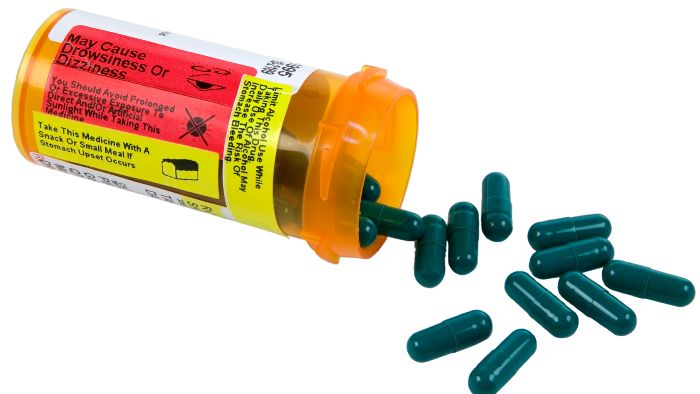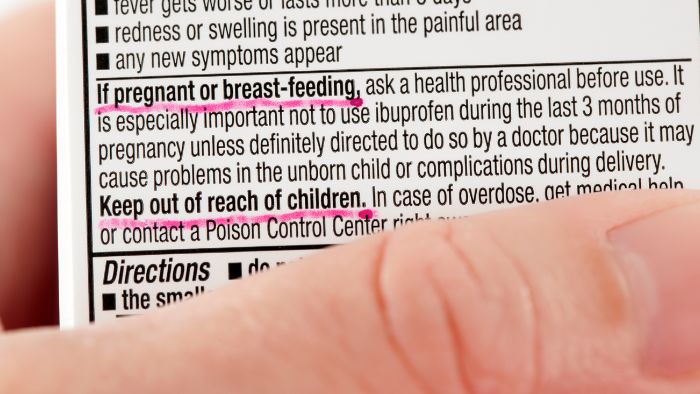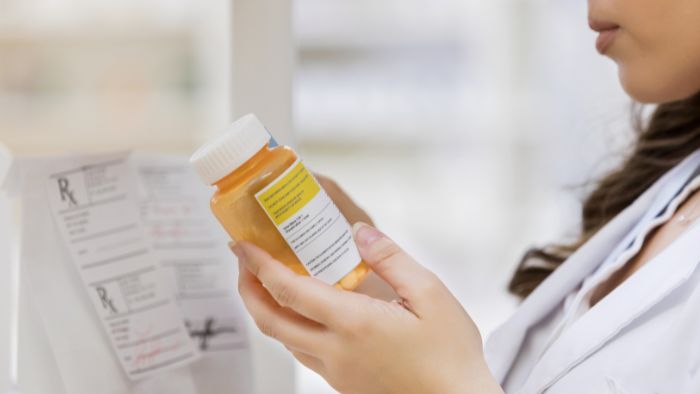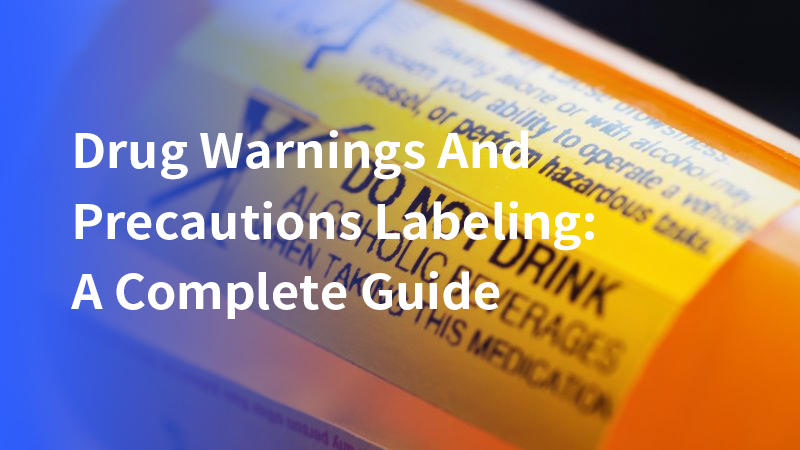Drug warnings and precautions labeling is a key part of every medication’s information. It helps doctors and patients understand the risks of using a drug and what to watch for during treatment. These warnings are essential because every medicine comes with potential dangers.
Some of these risks are mild, while others can be severe or even life-threatening. By carefully reading the warning labels, patients and healthcare professionals can make better decisions about when and how to use a medication.
In this guide, we will explore what drug warnings and precautions labeling includes, why it’s important, and how it keeps patients safe.
What are drug warnings
The warnings on a drug label focus on the most serious risks. These are the dangers that can cause the most harm if not properly understood. Here are some of the most important warnings to pay attention to:

Serious risk warnings
These warnings tell you about problems that could seriously hurt your health or, in extreme cases, cause death. A “black box warning,” for example, is the most serious warning a drug can have. It’s called a black box because it appears inside a bold, black frame on the label.
Drugs with this warning can be life-saving but also dangerous if not used correctly. You need to read and understand these warnings to know if the drug is safe for you.
Contraindications
This section explains when a drug should never be used. For example, some drugs can cause harm if taken by people with certain health conditions.
A common contraindication is for pregnant women, as some medications can harm an unborn baby. This section makes it clear when a drug can be too risky for someone to take.
Drug interactions
Medications can interact with other drugs, foods, or supplements. These interactions can change how the drug works or make it less effective.
In some cases, interactions can cause harmful side effects. The warning label will tell you what you need to avoid while taking the drug.
This information is crucial. Because even common products. like over-the-counter pain relievers or herbal supplements, can have dangerous effects when mixed with prescription drugs.
Allergic reactions
Some people are allergic to certain drugs. The label will list symptoms of an allergic reaction, like hives, swelling, or trouble breathing.
This is a warning that should never be ignored. If you have ever had an allergic reaction to a medication, it is important to tell your doctor before starting a new drug. Knowing what to watch for can help you react quickly if an allergy occurs.
What are precautions?
Drug labels also include a list of precautions that should be followed to stay safe while taking the medicine. These precautions are not always as severe as the warnings but are still important.
Some people need to be more careful with certain drugs based on their age, health, or other factors.

Special populations
Certain groups of people need to take extra care when using medications. These include older adults, pregnant or breastfeeding women, and children.
For older adults, some drugs can stay in the body longer, increasing the risk of side effects. Pregnant women need to be cautious about how a drug might affect their baby.
Similarly, children often require lower doses than adults, and some drugs may not be safe for them at all.
Conditions that affect drug use
Some health conditions make it harder for your body to handle drugs.
For example, people with liver or kidney problems may not process drugs as well. This could lead to more severe side effects.
The warning label will tell you if you need to take a lower dose or avoid the drug altogether. If you have a condition that could affect how your body handles the drug, it’s important to follow these guidelines carefully.
Potential side effects
Every drug comes with a list of possible side effects. These can range from mild to severe. Side effects might include things like headaches, nausea, or dizziness.
Sometimes these effects go away after a few days, but others might require stopping the drug. If side effects become too much to handle, a doctor may need to adjust the dose or change the medication.
Using the information to stay safe
The warnings and precautions on drug labels are there to protect you. But knowing the risks is only the first step. Both doctors and patients need to take action based on the information provided.
Monitoring and reporting
Doctors will often monitor patients for signs of side effects or complications. Patients should also keep an eye on how they feel after starting a new medication.
If anything seems off, it’s important to report these changes to a healthcare provider right away. Reporting problems helps doctors adjust treatments and prevent more serious issues.
Patient education
Many people do not fully understand how their medications work or the risks involved. Doctors should explain the important points of the warnings and precautions in simple language. This education helps patients take their medication correctly and avoid common mistakes.
For example, a patient might need to know to take a drug with food to prevent stomach upset or to avoid alcohol because it could make side effects worse.
How drug warnings and precautions are updated
As new research is done and new side effects are discovered, drug labels are updated. The process of updating labels ensures that the information stays current and useful.

Pharma companies work with regulatory bodies, such as the FDA in the United States, to make sure that warning labels reflect the most recent data.
Viallabeller can provide top pharma labeling machine. They can label ampoule, vial, pill bottle.
Conclusion
Drug warnings and precautions labeling is a crucial tool for ensuring the safe use of medications. It helps both doctors and patients make informed decisions and avoid serious risks.
Understanding the importance of these labels, reading them carefully, and following their guidance can significantly improve treatment outcomes and prevent harm.







